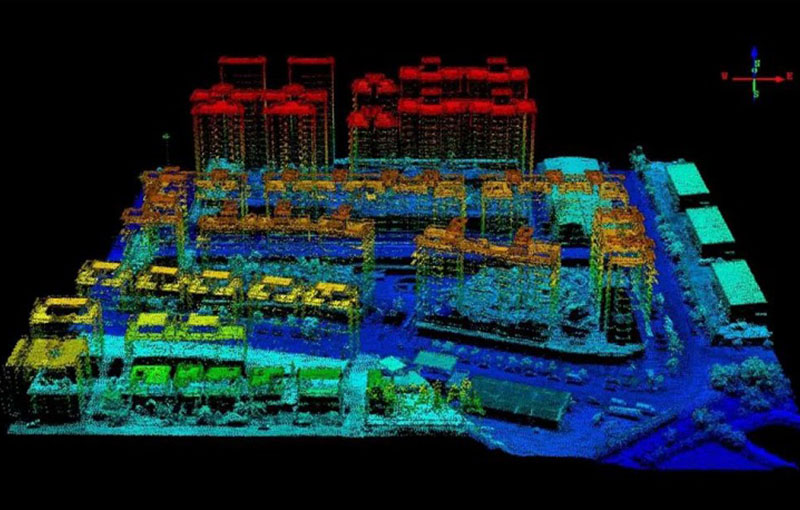Introduction
In the construction industry, LiDAR technology is enhancing site safety and obstacle avoidance by providing detailed 3D mapping of construction sites. This capability improves project management and reduces the risk of accidents.

LiDAR sensors create precise 3D maps of construction sites by emitting laser pulses and measuring the reflected light. These maps provide valuable information for navigation and obstacle avoidance. For example, LiDAR can be used to detect obstacles such as scaffolding and equipment, helping to prevent collisions and improve site safety.
Applications and Benefits
LiDAR enhances various aspects of construction projects, including site planning, equipment operation, and safety management. By providing accurate spatial data, LiDAR helps construction teams plan and execute projects more effectively, reducing the risk of errors and accidents.
Challenges and Solutions
Challenges in using LiDAR for construction include the high cost of equipment and the complexity of data processing. Advances in sensor technology and data management solutions are addressing these challenges, making LiDAR more accessible for construction applications.
Future Developments
The future of LiDAR in construction includes advancements in sensor technology, data processing, and integration with other construction technologies. These developments will further enhance the effectiveness of LiDAR in improving site safety and obstacle avoidance.
Conclusion
LiDAR technology is improving site safety and obstacle avoidance in the construction industry by providing detailed 3D mapping. Its role in enhancing project management and reducing risks makes it a valuable tool for modern construction practices.


